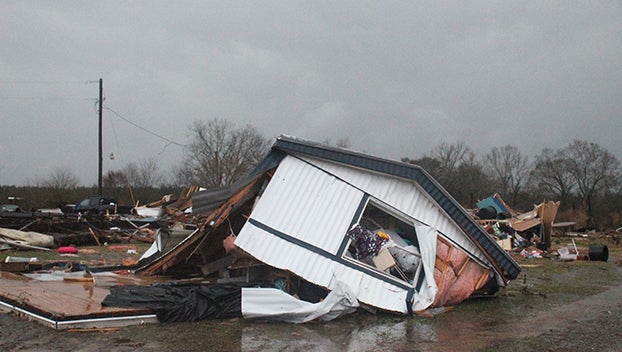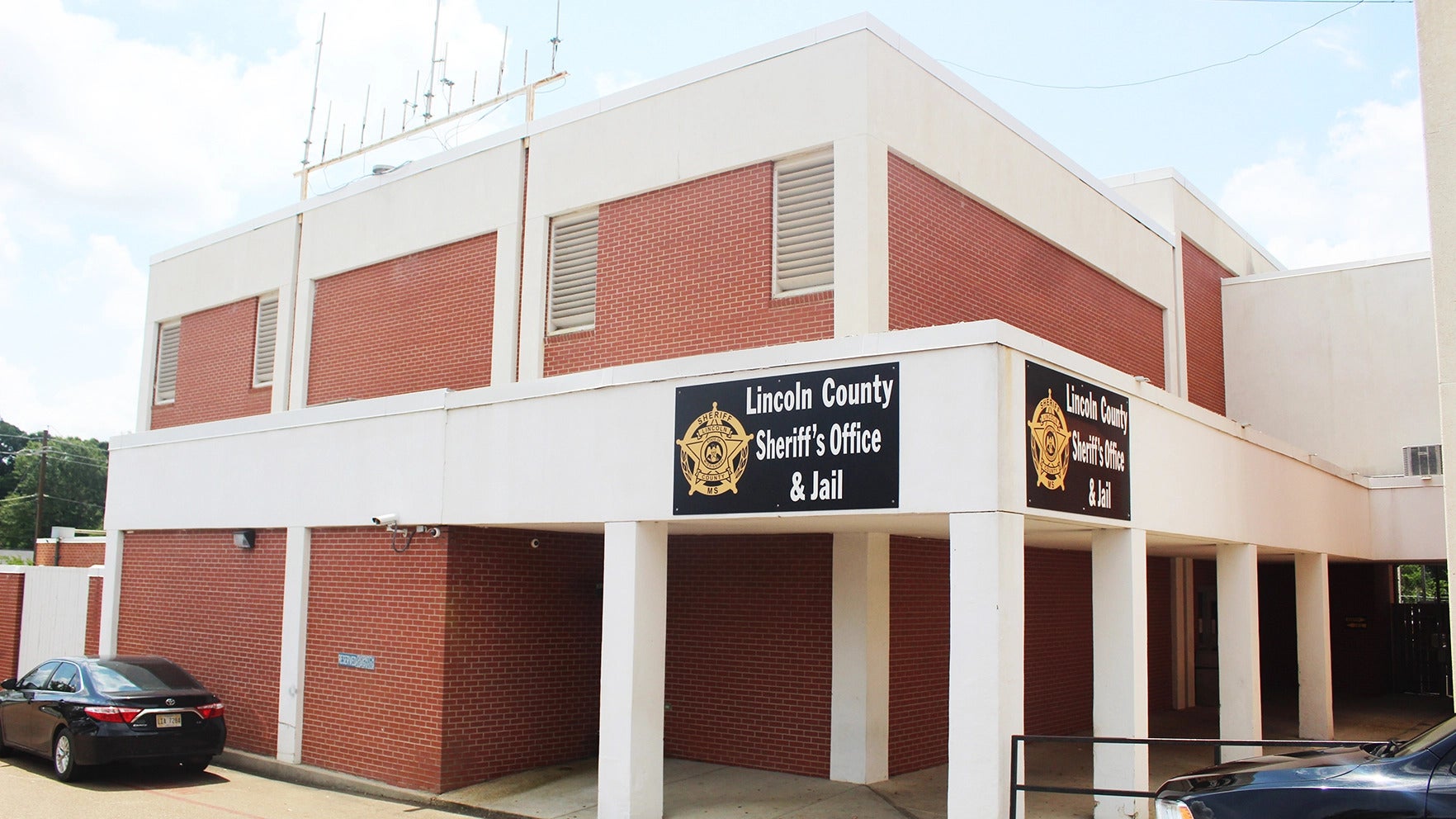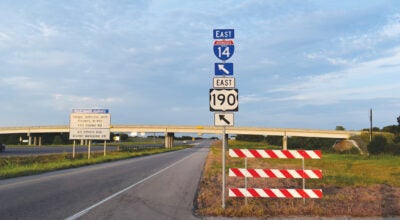How bad will tornadoes get in Mississippi in 2024?
Published 10:20 am Wednesday, March 20, 2024

- FILE PHOTO A mobile home was destroyed on Mound Road in the Little Bahalia community following an EF1 tornado in February 2023.
Anywhere from 1,250 to 1,375 tornadoes are predicted to hit the United States in 2024, according to Accuweather. The second half of spring is expected to be the most dangerous. The annual average is 1,000.
How damaging will these tornadoes be?
A Consumer Affairs team created a data roundup including property damage statistics and costs per year, broken down by state.
In 2023, Mississippi was hit by 44 tornadoes, costing an estimated $194.2 million in property damages.
Tornadoes caused more than $1.1 billion in property damage nationwide. Since 1950, tornadoes have caused nearly $72 billion worth of damages. Illinois had the most tornadoes in 2023, and North Carolina suffered the costliest damage — $300.6 million from 25 tornadoes.
Tornadoes are responsible for an average of 80 deaths and 1,500 injuries annually nationwide. The most active months for tornadoes in 2023 were January, and March through August, with most occurring between the hours of 3 p.m. and 9 p.m. While 1,197 reports of tornadoes were verified in 2023, 234 occurred in June.
Tornado occurrences in Mississippi and seven other states continue to rise — Alabama, Arkansas, Kentucky, Tennessee, Missouri, Illinois and Indiana.
According to the National Weather Service, four tornadoes have touched down in Mississippi. Three were in George County in January and the latest tornado touched down in Union County on March 15.
Classifying tornadoes
Tornadoes are rated based on wind speed. The National Weather Service uses the Enhanced Fujita Scale to measure a tornado’s speed and potential impact. The NWS describes the EF Scale as:
EF-0 — wind speeds of 65-85 mph; damage is light, however, shallow-rooted trees can be toppled and knock over other potentially dangerous items.
EF-1 — wind speeds of 86-110 mph; damage is moderate: roofs may be severely stripped and mobile homes may be overturned.
EF-2 — wind speeds of 111-135 mph; damage is considerable: roofs can be torn off even study homes, mobile homes may be completely destroyed, and large trees may be snapped or uprooted.
EF-3 — wind speeds of 136-165 mph; damage is severe: trains can be overturned, heavy cars can be lifted off the ground, and structures with weak foundations can be destroyed.
EF-4 — wind speeds of 166-200 mph; damage is devastating: even well-constructed, whole-frame houses can be completely destroyed.
EF-5 — wind speeds of greater than 200 mph; damage is incredible: solidly-built homes can be torn off their foundations, and vehicles can be sent hurtling more than 330 feet.
Preparation tips
Tornadoes can cause incredible devastation in a short amount of time, but preparation can help mitigate damage. Detailed plans must be made before the storm comes, to avoid last-minute scrambling. NWS recommends the following:
• Keep in mind that most tornado injuries and fatalities are caused by flying debris.
• Pay close attention to the possibility of severe weather, and heed local warnings.
• Establish a plan for yourself and your loved ones — including what to do and where to go whether at home, work or school.
• Designate your “shelter.”
• Compile essential supplies, such as an NOAA weather radio, water, flashlights, batteries, extra clothes and shelf-stable foods.
• Practice your tornado safety routine to ensure you’re able to quickly put plans into motion.
• Establish a meet-up point with loved ones in case of separation.
Safety tips
To maximize safety during a tornado, NWS recommends the following:
• If you’re in a structure with a basement, go to the basement, and take cover as best you can.
• If there is no basement, seek shelter in an interior room, such as a closet or bathroom, on the lowest floor available.
• Keep away from windows.
• Cover your head, either with a helmet or with cushions or pillows.
• If you’re in a multistory home, avoid taking shelter underneath large objects like refrigerators or chimneys.
• If you’re in a mobile home, seek shelter in a nearby sturdy building.
• Do not try to outrun a storm in a vehicle.
• If you’re caught outside and it’s too late to shelter in a building, try to get underneath a metal trashcan or similar object that can offer some protection from flying debris.





